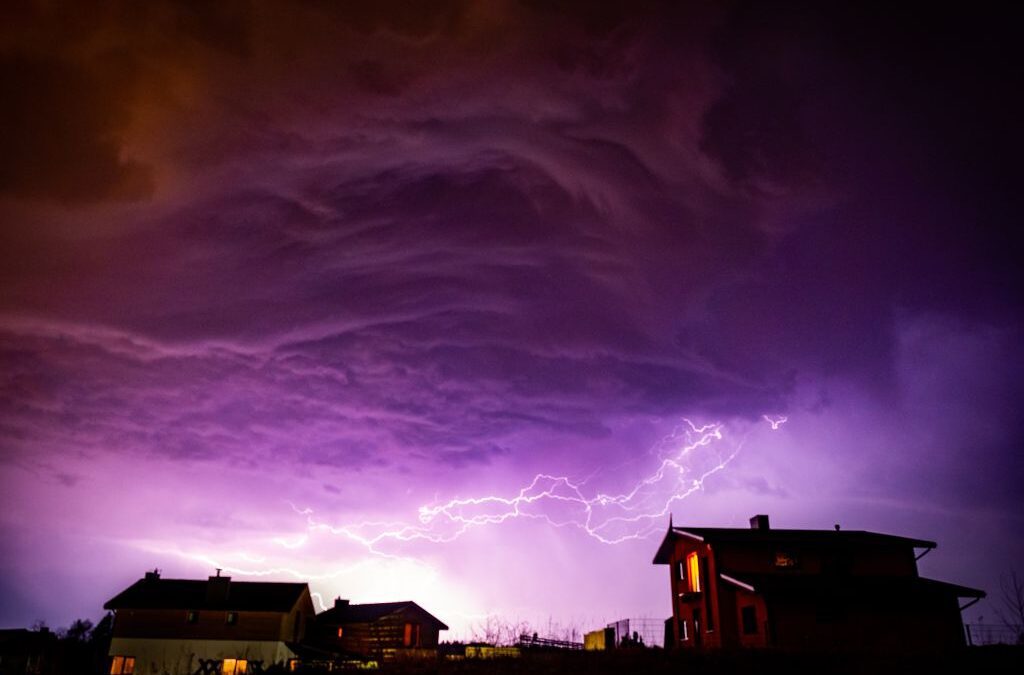How Can I Tell if My Home Was Damaged by a Recent Storm?
Thunderstorms can be both fascinating and fearsome, as the icy projectiles they sometimes unleash can cause significant damage to your home. Understanding how to spot the signs of hail damage is crucial for maintaining the integrity of your roof and siding. Here’s what you need to know.
What Does Hail Damage Look Like?
On the Roof:
- Dented Shingles: Look for small dents or depressions in the shingles.
- Granule Loss: Hail can knock the granules off of shingles, exposing the asphalt layer.
- Cracked Shingles: Severe hail impacts can crack shingles, leading to potential leaks.
On the Siding:
- Chipped Paint: Hail can chip the paint or finish off of siding materials.
- Dents and Holes: Check for any new dents or holes that weren’t there before the storm.
- Loose Siding: Hail can loosen siding panels, which may now rattle or move.
The Role of Strong Winds
Even without hail, strong winds can wreak havoc on your home’s exterior. They can tear off shingles, bend or rip siding, and even break windows. After a storm, inspect your property for these signs of wind damage:
- Missing Shingles: Look for bare spots on the roof where shingles may have been blown away.
- Bent Siding: Wind can cause siding to warp or bend, potentially leading to moisture problems.
- Debris Impact: Flying debris can cause damage similar to hail, so check for any impact marks.
Next Steps After Identifying Damage
If you’ve spotted any of these signs, it’s important to act quickly to prevent further damage:
- Document the Damage: Take photos and notes of all the damage for insurance purposes.
- Contact Your Insurance: Report the damage to your insurance company to start the claims process.
- Seek Professional Assessment: Have a professional inspect the damage to determine the full extent and necessary repairs.
Remember, timely action can save you from more extensive and costly repairs down the line. If you suspect hail or wind damage, don’t hesitate to reach out to a local storm damage repair contractor for help.

